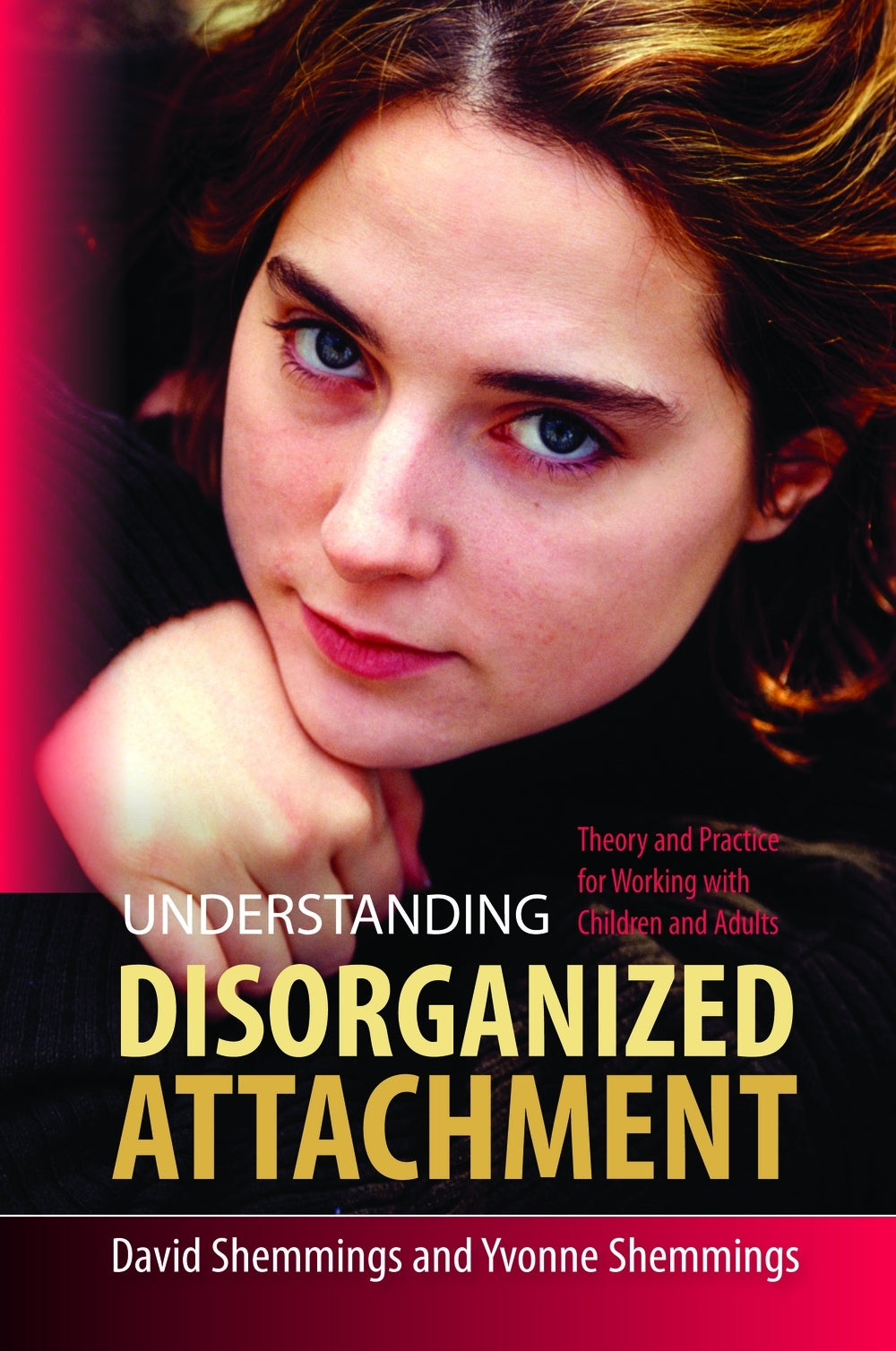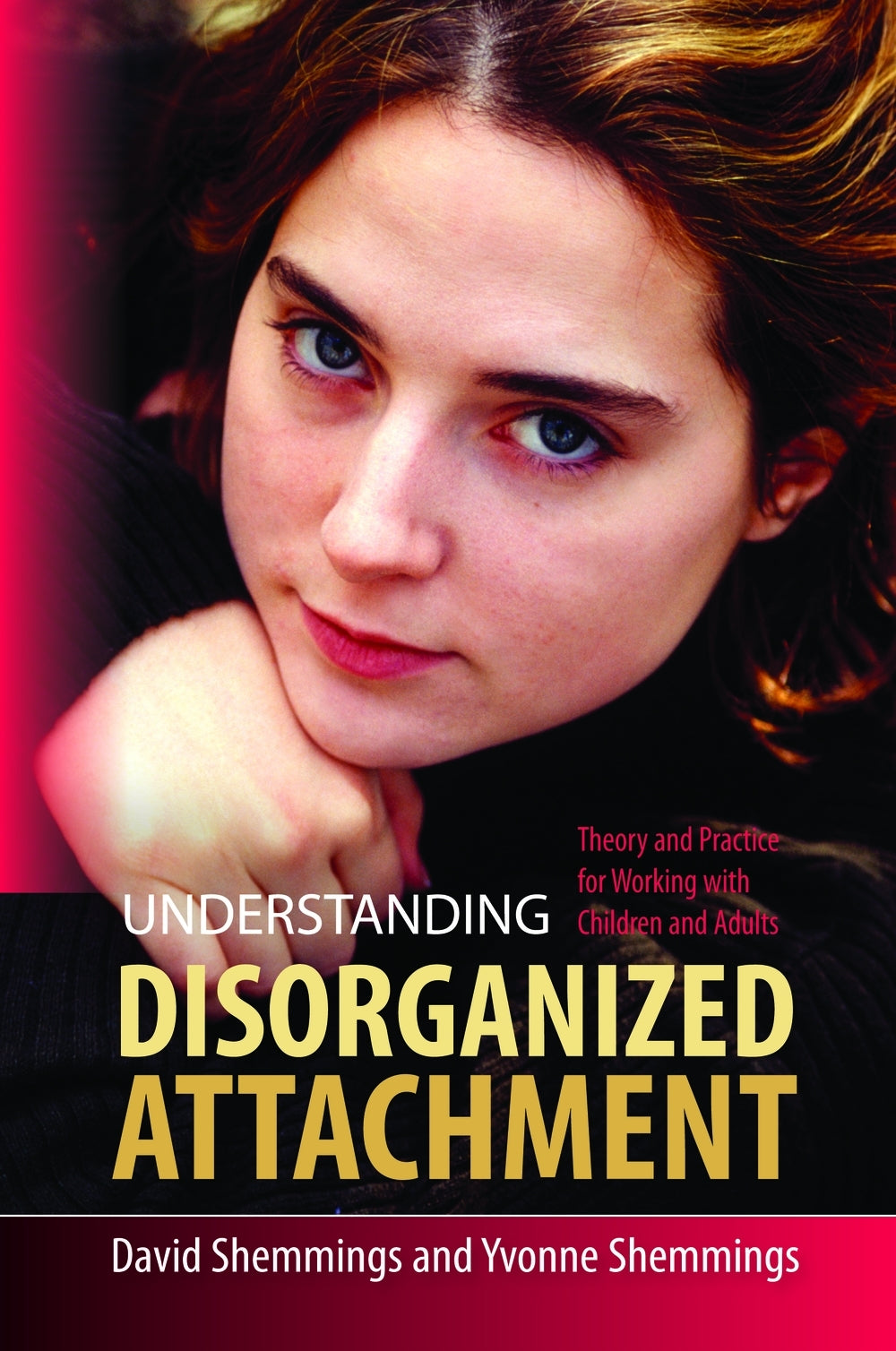
Press Reviews
The Journal of Analytical Psychology
This accessible and informative book takes an up-to-date approach to the topic of disorganized attachment... The text has an authoritative research base and will be of use to social work and counselling/therapy professionals.
Critical Social Policy
Shemmings and Shemmings cut to the crux of the child protection system... If the vision of practice featured in Understanding Disorganized Attachment is realized, social workers will have a research-based framework with which to assess and to assist parents and children most at risk of maltreatment. In turn, this knowledge could help raise social workers' confidence in their abilities, sense of efficacy in interventions and purpose in visits.
Seen and Heard
When I read a book, I put a sticky note on any page I find interesting and intend to refer to later. In this book of 240 pages, there were 55 stickies. I read it again. It is an easy to read, though academic, book and, in parts, is entertaining. It draws from a list of references and demonstrates not only how our knowledge has developed over the years, but where we might go in the future. The subject matter is crucial to anyone working with, and making decisions on behalf of, children and families... I would recommend this book to any childcare practitioner in health and social care and carers.
Counselling Children & Young People
I was keen to review this book and have not been disappointed. It is a scholarly and practical work containing a wealth of valuable information and theoretically researched suggestions... the book in its entirety is one that should be required reading for training in anything connected with children's welfare, for health and particularly mental health professionals, and for teacher training.
Children & Young People Now
This book is written in a clear, accessible style, without over-simplifying some of the very complex ideas. It is scholarly and well-researched. It also provides helpful introductions to attachment theory, metallisation and recent developments in neuroscience.
Dr Arthur Becker-Weidman, Director, The Center for Family Development in Williamsville, New York, USA
A well-written book that clearly, and in detail, describes the ethology, assessment, and components of effective treatment of disorganized attachment. The authors explain the main concepts of attachment theory with a remarkable clarity that is refreshing and insightful, drawing on historical and everyday examples to illustrate their points. It is clear, complete, and put into easily understandable terms. The [authors] have written a seminal work on disorganized attachment.
Dr Gwen Adshead, Consultant Forensic Psychotherapist, Broadmoor Hospital, UK
This is a fabulous book. It provides a clear and coherent account of normal attachment systems in children and their parents, and an equally clear account of how the behaviours of parents affect the security of children's attachment. The authors are experienced real-world practitioners as well as researchers, and it shows. I hope and anticipate that this book will be read by all those working in child protection systems, especially family court judges and those who assess parents accused of maltreatment.
